| Plant Habit: | Tree |
| Life cycle: | Perennial |
| Sun Requirements: | Full Sun |
| Water Preferences: | Wet Wet Mesic Mesic |
| Soil pH Preferences: | Moderately acid (5.6 – 6.0) Slightly acid (6.1 – 6.5) Neutral (6.6 – 7.3) |
| Minimum cold hardiness: | Zone 7a -17.8 °C (0 °F) to -15 °C (5 °F) |
| Maximum recommended zone: | Zone 10b |
| Plant Height: | 50-75 feet |
| Leaves: | Good fall color Evergreen Fragrant Needled |
| Flowers: | Inconspicuous |
| Flower Time: | Other |
| Suitable Locations: | Beach Front Street Tree Topiary |
| Uses: | Windbreak or Hedge Provides winter interest Erosion control Shade Tree Will Naturalize Suitable for forage Useful for timber production |
| Edible Parts: | Leaves |
| Eating Methods: | Tea |
| Resistances: | Powdery Mildew Birds Deer Resistant Gophers/Voles Rabbit Resistant Squirrels Flood Resistant Tolerates dry shade Tolerates foot traffic Humidity tolerant |
| Propagation: Seeds: | Provide light Stratify seeds |
| Propagation: Other methods: | Layering |
| Pollinators: | Self Wind |
| Containers: | Not suitable for containers |
| Miscellaneous: | Tolerates poor soil |
| Awards and Recognitions: | Texas Superstar® |
| Conservation status: | Least Concern (LC) |
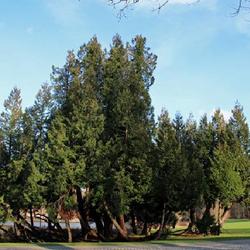
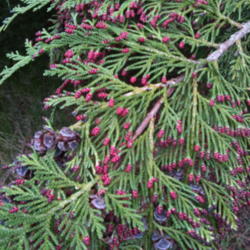
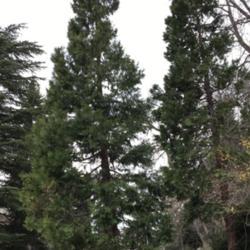
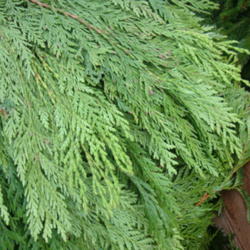
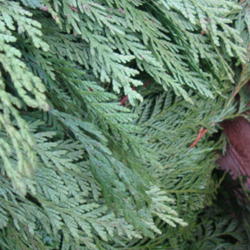
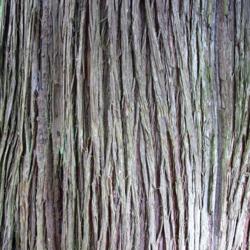
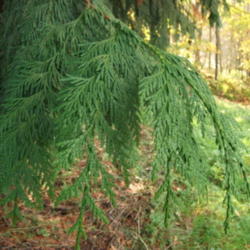
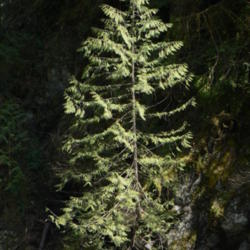
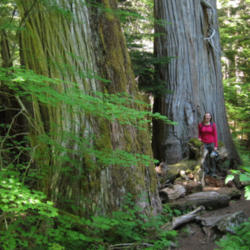
« Add a new plant to the database
» Search the Arborvitaes Database: by characteristics or by cultivar name
« See the general plant entry for Arborvitaes (Thuja)